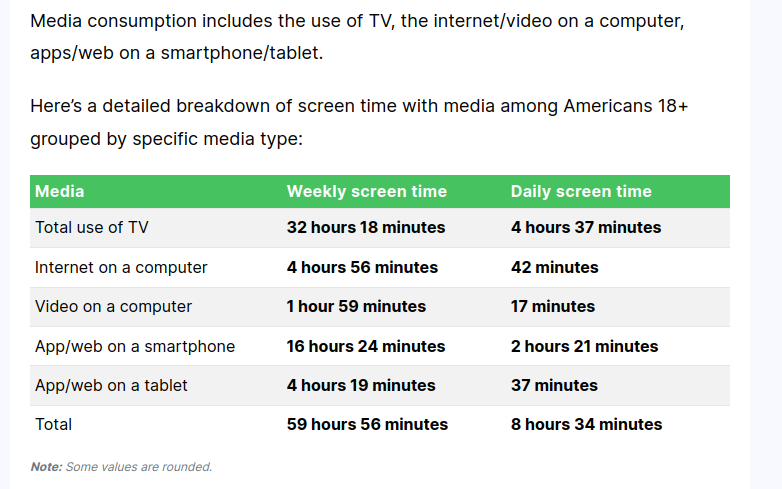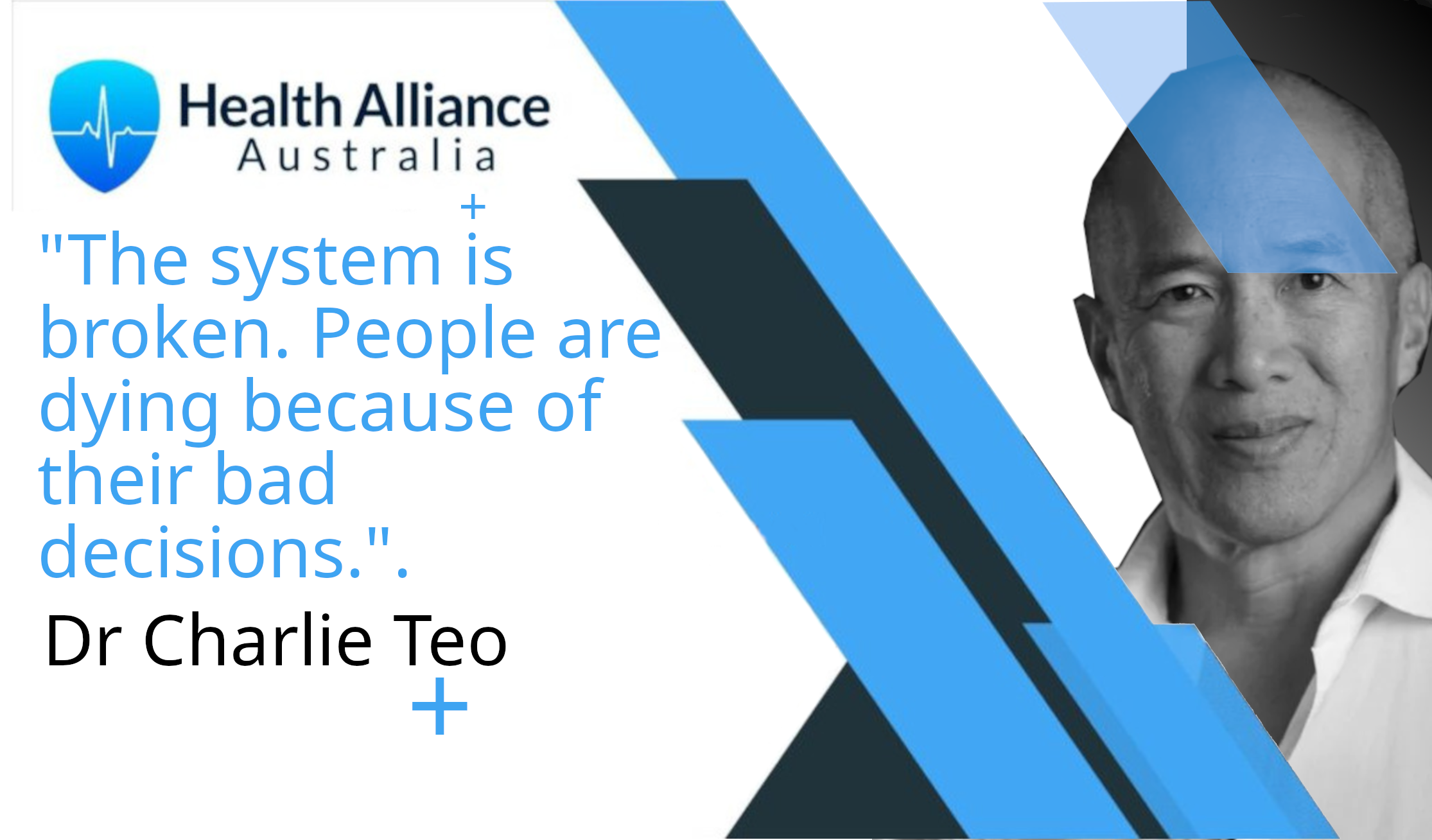The human brain is under assault by multiple means; with the most insidious being the use of blue light because by design it is addictive and harmful. Knowledge is power.
A major study released by The Lancet Neurology shows that, in 2021, more than 3 billion people worldwide were living with a neurological condition. Neurological conditions are now the leading cause of ill health and disability worldwide and this article will discuss how blue light is destroying health, relationships and how the biological weapons are also targeting in particular the brain and will conclude with strategies to heal and mitigate harm.
In a world addicted to screens, the only way to break free is to set rules for ourselves and our children. Blue light is damaging our mitochondria, reducing ATP and leads to neuro-degeneration, premature aging and disease. While I have discussed nutrition, gut health, water fasting, toxins, cell membranes, stress, parasites, and biowarfare in my health articles; the elephant in the room is our use of screens. They have been designed to be deliberately addictive.
Blue LED lights impair our mitochondria and under the reasoning of saving the planet, incandescent lights have been replaced with modern LED lights that flicker but also emit blue light. Infrared light has a far broader spectrum, and passes through the body, reaching our blood, organs and water inside our cells.
Morning light recharges our cellular batteries (mitochondria), lowering oxidative stress and regulating glucose use. In an interesting study by Dr Glen Jeffrey, he found that bees poisoned with pesticides lose energy and stop moving but when 670nm red light was shone on them, they restored movement and survived. Poisoned bees with light lived as long as healthy ones.
Meanwhile, blue light in rat experiments made mice fat; their cytokines shifted, metabolism was disrupted and they developed anxiety like behavior.
THE MODERN ENVIRONMENT IS TOXIC
Most people are sitting under toxic indoor blue lighting all day, hospitals are bathed not only in electromagnetic radiation but blue lighting, screen use for work and at home is off the charts and it is also damaging our eyes. Blue light disrupts the retina. Just one hour of environmental exposure to 420nm of blue light induces significant metabolic instability in retinal mitochondria and blood signals which continues for one hour post blue light exposure, in a study of mice.
Dementia is soon to be Australia's largest killer, and over the past 50 years while the mortality rate for ischemic heart disease has decreased by 87.9%, the rate for dementia has increased by 842.8%,’ the ABS said. In 2023, there were only 237 cases separating the top two leading causes of death. Could dementia and other neurological diseases be correlated to increasing use of screens and exposure to blue light?
While it unlikely to be the sole factor, the damage screens are doing cannot be ignored, with scientific evidence of physical changes in the brain occurring as a result of screen use in children aged 3-5 years old.
The average American spends approximately 8.5 hours a day on a screen, which is a huge proportion of their day.

MINDLESS SCREEN TIME DAMAGES YOUR BRAIN
Colloquially, the television is known as 'the idiot box' and this passive watching of television where one brain isn't actively thinking is lowering intelligence and causing brain damage. The technology where we are being flooded with blue light from the screen is harming us, regardless of what is watched.
The brain is energy intensive and uses up 20% of the body's energy with the main energy source for the brain is glucose, a simple sugar that is processed by cellular structures called mitochondria. In the natural world, glucose is regulated by red light but we have screens that are designed to emit blue light.
In experiments, the effect of shining red light on the back improved vision even with eyes closed. The mitochondria acts as a network and so conversely, when blue light enters the eye and face, the whole body is affected.
While I could quote studies, that say,
"Our results showed longer TV viewing was associated with increased risk of subsequent onset of dementia, as well as subsequent greater decline in intra-cellular volume fraction (ICVF) in the extensive areas of right lateral temporal cortex and the right medial temporal cortex, in the area around the left middle and inferior temporal cortex as well as the left fusiform gyrus, and the area adjacent to the left inferior frontal gyrus, and left insula." https://pmc.ncbi.nlm.nih.gov/articles/PMC10030518/ or a study that after controlling for year of birth, gender, income, and education, the researchers found that each additional hour of television viewing in middle age increased risk for developing Alzheimer's disease 1.3 times. Moreover, participating in intellectually stimulating activities and social activities reduced the risk of developing Alzheimer's.",
I think it's not too much of a stretch to say that if you are not actively using your brain, and harming your cells with blue light, then your brain matter is shrinking.
In the past, people were always thinking; whether it was about planting or harvesting crops, navigating without the use of GPS, trading using mental arithmetic, calculating purchases, planning meals, etc.. but the modern person is working in jobs which are repetitive in nature rather than creative, and many have lost the skill of mental arithmetic to do basic calculations. We live in a tap and go society and IQ levels have been falling since 1975, reversing a century-long trend of rising intelligence quotients identified as the Flynn Effect. The standard of education has been lowered to adjust for the reduced intelligence of the population.
Most people are watching podcasts, television, doom scrolling, movies, etc.. without actively thinking (passive viewing) and it's not just occasionally, it's hours and hours each day that is being consumed by devices; where the mind is either being programmed or dulled. How many people could remember what they watched only hours before? Critical thinking is suspended and viewers simply take in at face value, what they watch without further discussion, questions or additional research.
"Average weekly “screen time” between 1930 and 1950 would have been ~2-5 hours for a US adult attending a Cinema once a week (Pautz 2002). By the end of the 1950s, when more than 80% of US households owned a TV (Britannica 2022), the average weekly time spent watching TV was around 14 hours (Livingstone 2009). Today, the presence of smartphones and tablets, the increase in computer-based office work and the tendency to use multiple screens simultaneously means that the global average time an adult spends on a screen is around 72 hours per week (Kemp 2022), nearly two-thirds of their waking life." Source https://ualresearchonline.arts.ac.uk/id/eprint/21117/3/SmithEssexBedford_2023_Projections_accepted_preprint-3.pdf
"The effects of television on cognitive functions have been assessed in many longitudinal and cross-sectional studies for over 20 years, and on varying age groups . Regardless of the specific context or content of screen viewing, most of studies have shown that time spent in front of a television is correlated with a decrease in cognitive performance, when considering language, concentration, or more general developmental features.
Studies have shown a significant decrease in human interaction when TV is turned on at home, even if a child is not directly engaged with it. This effect has been widely studied in the past twenty years as it majorly impacts toddlers.
Not only does screen time affect people's minds, but it affects sleep and could be a source of language delay and emotional dysfunction. Children imitate what they see and we shouldn't need studies to show that violence on screens desensitizes children, increasing negative outcomes such as increased aggression, decreased empathy, and emotional distress.
Interestingly, e-books do not have the same bonding effect as a physical book when read by an adult to a child.

A study of children ages 3 to 5 suggests that digital media use (“screen time”) impacts development of brain areas responsible for visual processing, empathy, attention, complex memory and early reading skills, with a growing body of evidence has found that teen brains can be structurally changed by spending long spans of time playing games, watching videos and other activities on digital screens (i.e., “screen time”).
Now, a study led by experts at Cincinnati Children’s reports that high amounts of screen time can affect brain growth and development at much earlier ages.
This should be highly concerning that the brain is being structurally altered by the use of screens and if it affects children, make no mistake it is affecting adults too and while poor nutrition of micro-nutrients is a factor in mental retardation with cultures like the Koreans feeding pregnant women seaweed for iodine, so as to have intelligent babies, the detrimental effect of blue light cannot be understated.
A lack of essential vitamins and minerals, especially iodine and iron, can have a significant impact on cognitive function.
- Iodine deficiency is a leading cause of preventable intellectual disability.
- Iodine deficiency can lead to a drop of about 12 IQ points, on average.
Processed food diet + blue light + passive screen use + sedentary lifestyle + indoor fluorescent lights are all contributing to the lobotomizing of humans and the decline of society.
Humans were made to be in nature, to engage their brain in thinking, doing and feeling; to be exposed to the full spectrum light of sunshine.
NO APPETITE FOR SUBSTANCE

I remember, my youngest child who told me that most people don't listen to serious stuff.
We live in a world where people just want the pill, protocol or the device. Change isn't easy and far easier to listen to podcasts and people that affirm our beliefs than to be challenged and also because we are comparing ourselves to a sick society, without consciously choosing differently, we are absorbed by the culture around us.
I thought I knew a lot healing from cardiomyopathy in 2012 because what I did worked and I recovered and went on to have a baby at 43 years old, but it wasn't until I was struck down in 2022, that I realized how little I really knew and how little the majority of practitioners understood about the bio-weapon, which is why when I was asked to do podcasts for healthallianceaustralia.org , I was very intentional about who I chose to interview and the subjects covered. I have applied my research to heal and live a full life from a heart function that dropped to 15%.

The problem I find with the bulk of information online is that, the most accessible is simplistic and often incomplete and misleading. Diary of a CEO, a very popular channel said himself that he found that to reach a wider audience, he dumbed down the language to that of a 10 year old child. So, as a society, we are being reduced to the lowest common denominator in terms of knowledge, unless we actively seek out intelligent people who have proven results that are not compromised by financial, political or religious agendas.
If you are interested in the podcasts I have recorded for Health Alliance Australia, the link is below. There is literally a gold mine of information here for you to dig up and make use of in your own life.

LIGHT AND SLEEP
Exposure to light suppresses the secretion of melatonin, a hormone that influences circadian rhythms. Even dim light can interfere with a person's circadian rhythm and melatonin secretion. We need full spectrum sun light for our health and vitality and darkness to activate sleep. Pia and I explored this topic in a podcast we recorded plus a few ways to mitigate the damage from modern life.

Blue light blocking glasses, eating outside in the sun, and other 'hacks' are useful but ultimately people need to set personal limits on screen time and assess how their environment is affecting their mood, their sleep and energy levels.
It's really extraordinary that the whole world became addicted to screens and now that people are hooked on the dopamine of an always connected world, they are building AI datacentres around the world to monitor everything being done online, where SMART devices double as surveillance and monitoring tools, that can be switched on and off remotely, used for espionage, and maybe one day even self detonate.
SMART derived from the acronym “self-monitoring, analysis and reporting technology” but could also be thought of as, "Surveillance Monitoring Analysis Reporting Technology" is now added as a "feature" to devices including our phones, watches, homes, etc..
Smart glasses combined with augmented reality and AI pin to do away with the smartphone in the coming ten years.
The merging of technology, where each person has a digital ID (essentially barcoded) is a way to manage humans as though they were stock.
BlackRock CEO Larry Fink says this is only the beginning as the tokenization of everything is underway.
— Shadow of Ezra (@ShadowofEzra) October 15, 2025
Money, property, and even personal identity will soon exist in digital form.
He calls it a major opportunity for BlackRock, saying the plan is to move beyond traditional… pic.twitter.com/lf3uVRtEo8
While many feel powerless to effect change on a social/political level, the real change we can make is within and our immediate communities and that is a daily practice for long term results, because this war on humanity did not start recently, and it certainly won't end tomorrow. We need to start thinking on how this technology is being used against us , in order to mitigate its harm.
SUPPORT
Thank you for those who support me and this website and the costs involved in running it.
Uncensored Wisdom Paid Subscription is $5 a month or $50 a year (in Australian dollars). Cancel at any time. Click on the Subscribe link at the bottom right hand corner of the website. The Gifting page accepts once off donations in USD.
To continue reading you do require a paid subscription. Subjects covered will be mitigation strategies, social media, children and screens, mental atrophy, biowarfare and the brain, mind control, vitamin D toxicity







